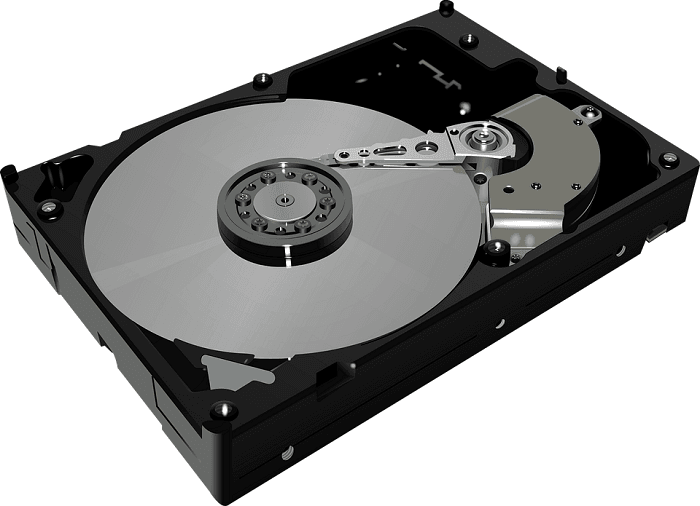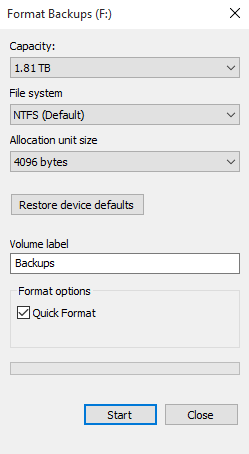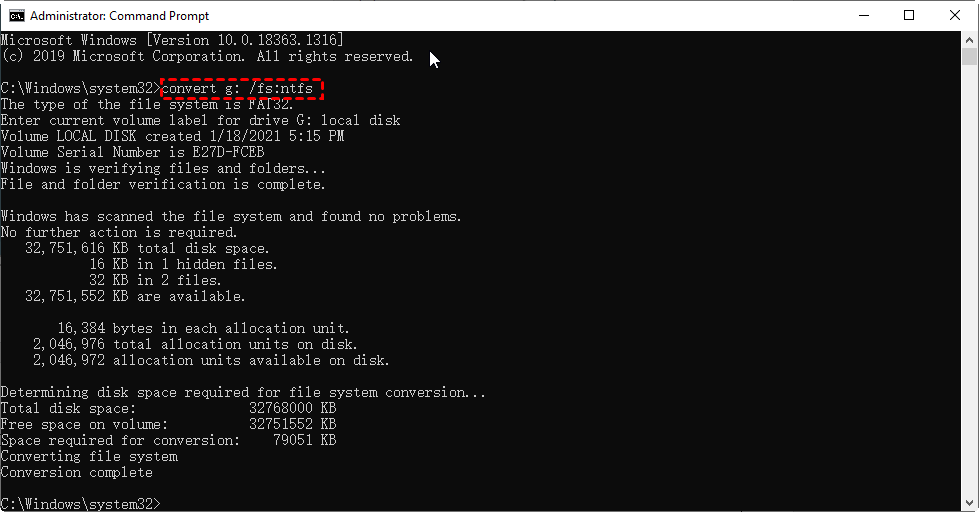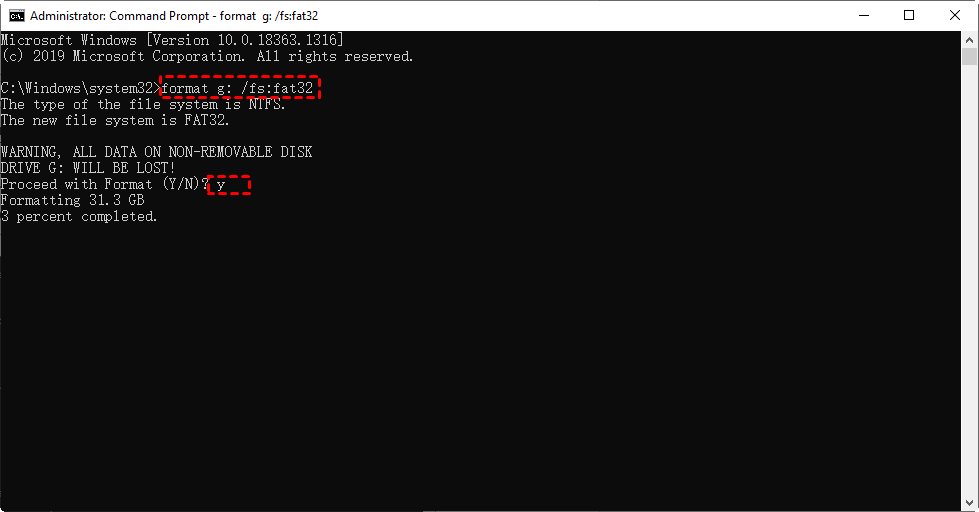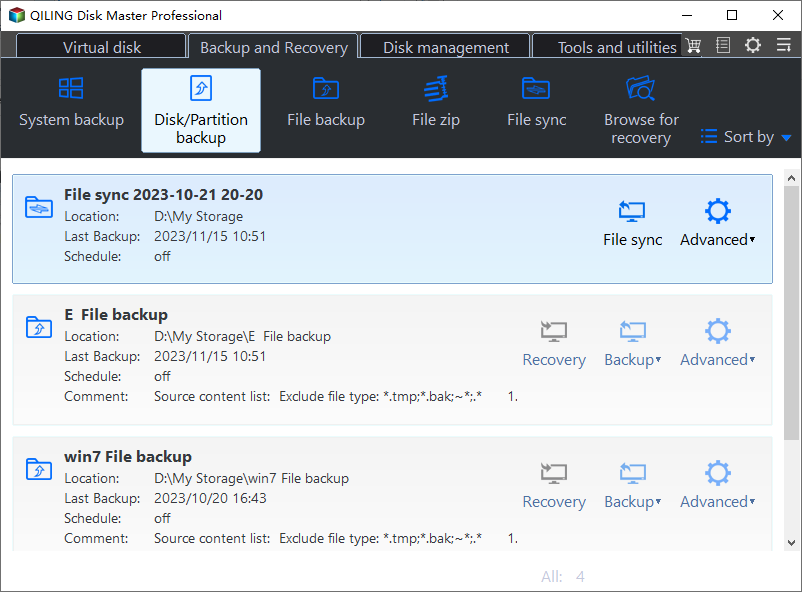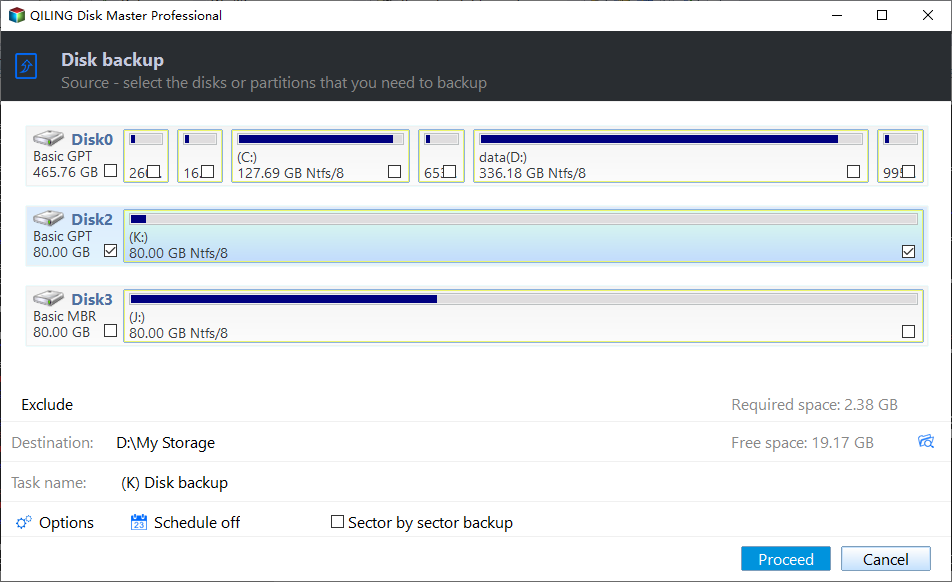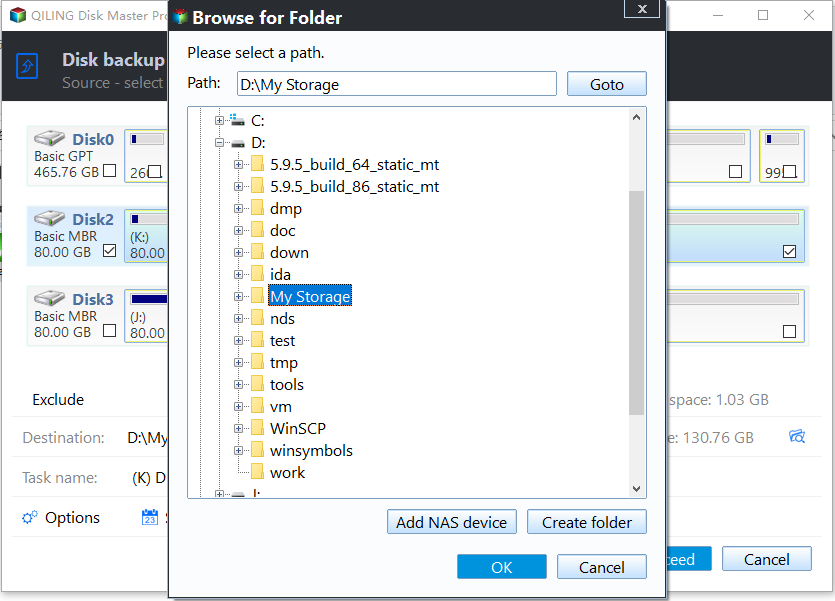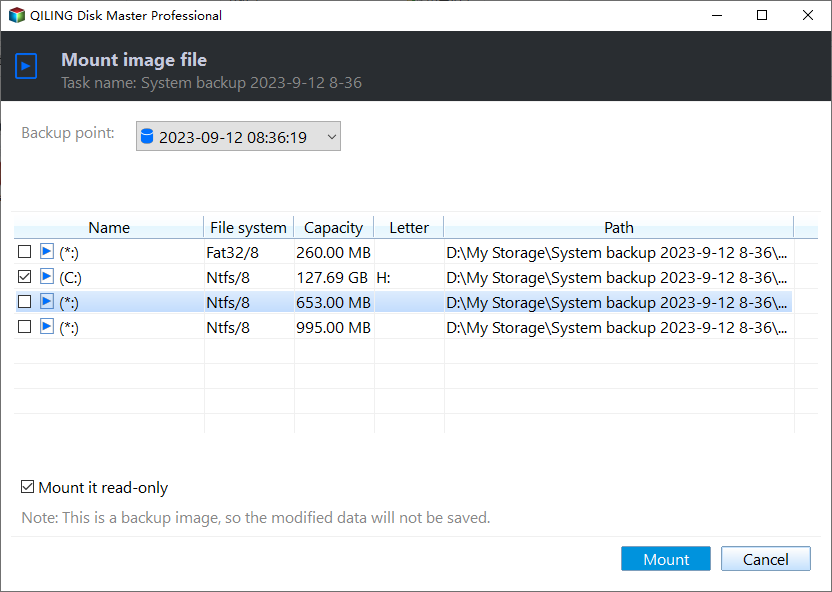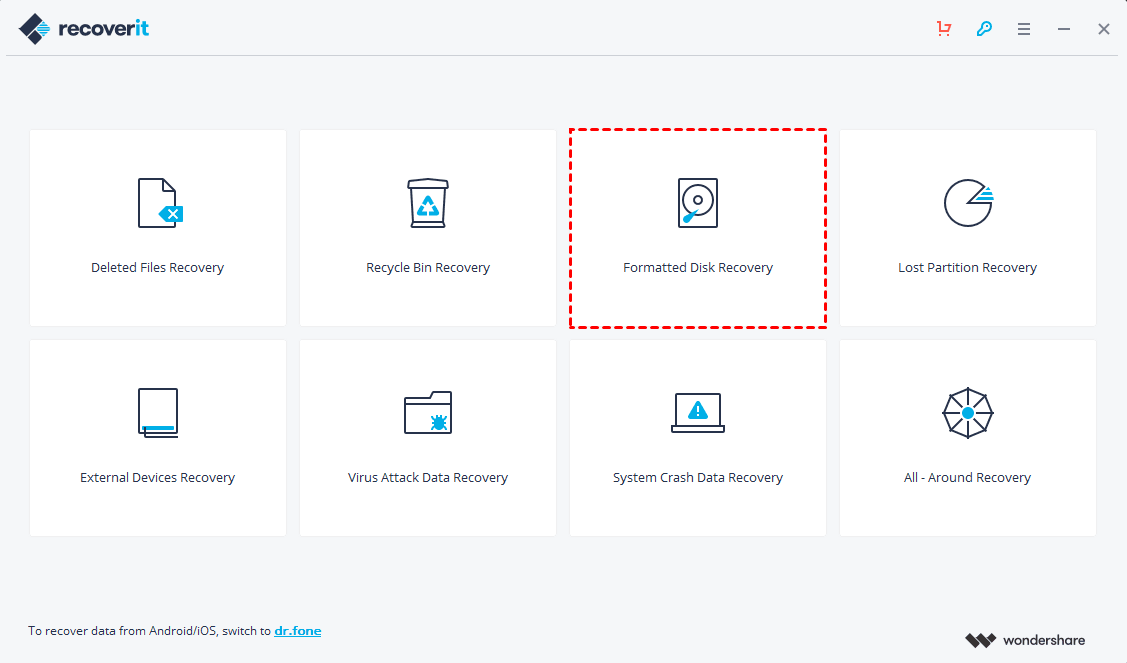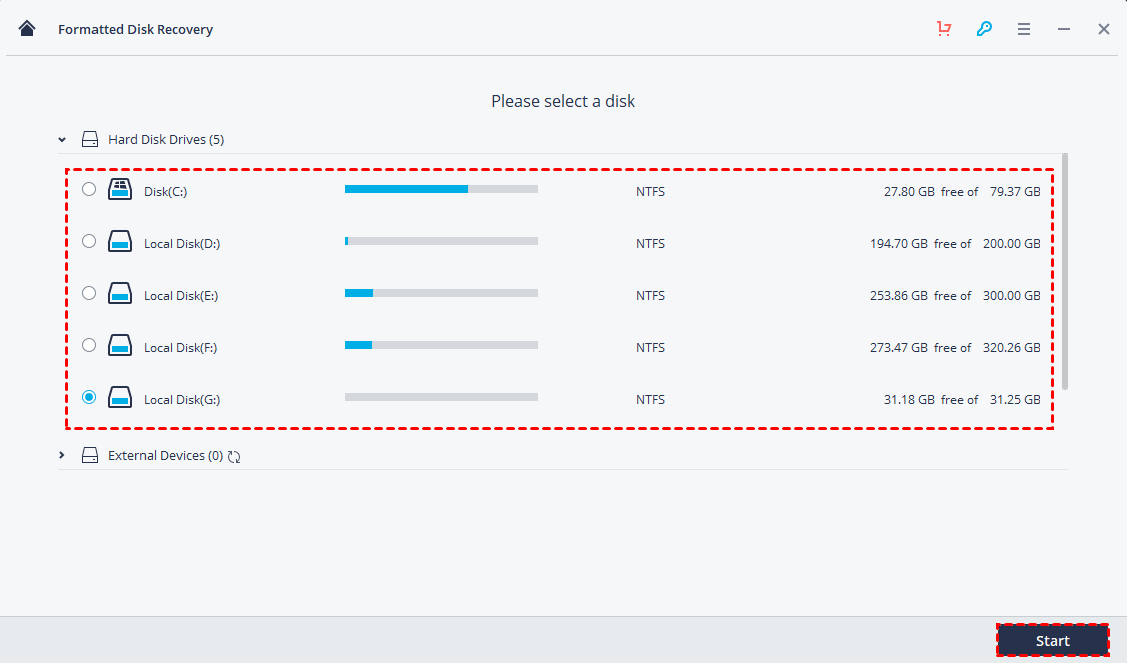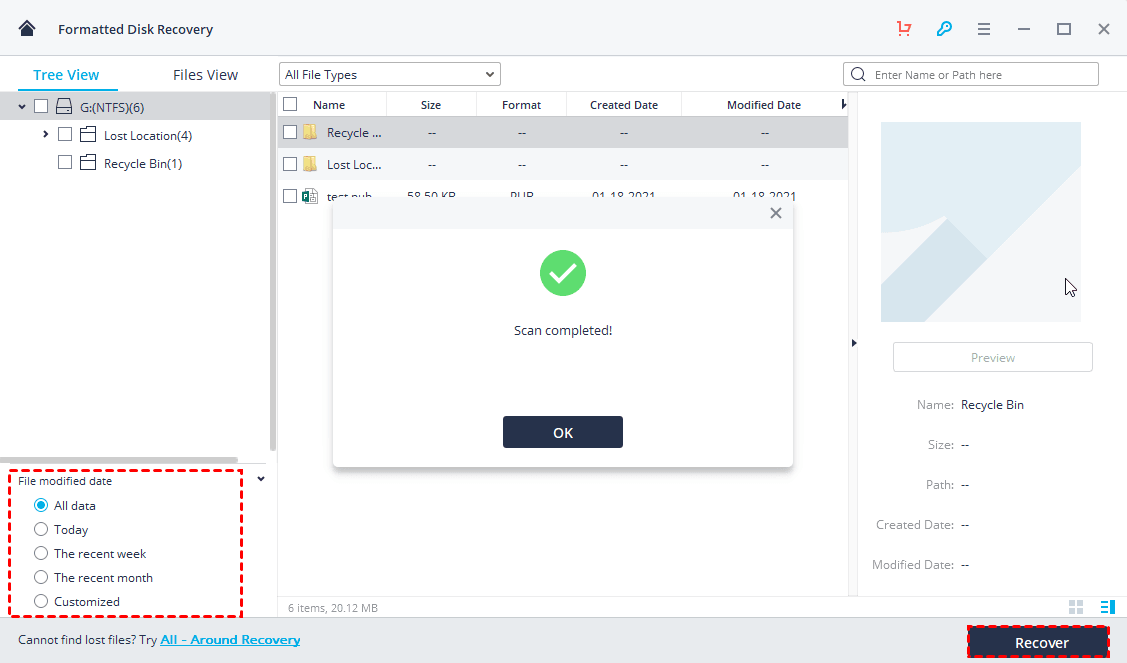How to Format Hard Drive without Losing Data | 2 Effective Ways
- Why do you format a hard drive
- Can you format a hard drive without losing data
- Tutorial: How to format a hard drive
- How to avoid data lost caused by hard drive formatting
- Method 1. Backup hard drive to avoid data loss caused by formatting
- Method 2. Retrieve lost data after formatting a hard drive
- Conclusion
Why do you format a hard drive
What is disk formatting? It means to erase all the data on a disk and set up a file system for data reading and writing.
>> For a brand new hard drive, you need to partition and format it for initialization.
>> As for a used hard drive, you can format it to change file system, clean up system files, free up disk space, remove viruses and malware, etc.
As the process deletes everything on the disk, you may wonder how to format hard drive without losing data.
Can you format a hard drive without losing data
If you're formatting a new hard drive that hasn't been used, well, you have nothing to lose yet. But if you are trying to reformat an used hard drive or external hard drive, like converting NTFS to FAT32 or vice versa, your important files stored on the disk will be all deleted, which is quite frustrating. So, is there any way to reformat hard drive without losing data?
The truth is, if you simply want to change the file system from FAT32 to NTFS, then you can use the command line of “convert” instead of “format” and it won’t erase any data.
However, if you truly want to format hard drive to solve more potential problems and improve your computer’s performance, then whether it's a HDD or an SSD, no matter you want to format FAT32 to NTFS on local drive, or convert NTFS to FAT32 on external hard drive/USB drive, this operation will erase all the data on the disk.
In this case, you can try 2 different approaches to avoid data loss caused by formatting - one is to back up the hard drive in advance, the other is to retrieve the data afterward. Next is the guide to format hard drive, you can combine it with either Method 1 or Method 2 to avoid data loss.
- Tutorial: How to format a hard drive
- Method 1. Backup hard drive to avoid data loss caused by formatting
- Method 2. Retrieve lost data after formatting a hard drive
Tutorial: How to format a hard drive
There is more than one way to format a hard drive, you can either do it in File Explorer, Command Prompt or Disk Management. Whichever way you take, please note the following:
◉ You can’t format a drive larger than 32GB to FAT32. This file system is usually used on the USB drive.
◉ You can’t format a system drive (the partition with system installed like C:).
◉ A “quick format” is much faster than full format, because it only deletes the file system journaling and won’t delete all these files completely. With this option checked, your lost data is more likely to be recovered. However, it will skip the error checking during formatting, thus the previous disk problems may not be thoroughly solved. Please make the choice according to your needs. If you choose to do a full format, it’s strongly recommended to backup the disk at first.
☛ Format a drive in File Explorer:
1. Open This PC and right-click the volume or the external hard drive to Format.
2. Choose the File system you want, and decide whether to do a Quick Format or not (here I’ll let it stay checked for easier data recovery), then hit Start.
☛ Format a drive in Disk Management:
1. Right-click Start button and choose Disk Management to open it.
2. Right-click the volume or external hard drive and choose Format in the menu.
3. Choose a File system and decide whether to Perform a quick format. Then click OK to execute it.
☛ Format FAT32 to NTFS or vice versa with the command line:
1. Search for “CMD” and select Command Prompt and choose Run as administrator.
2. If you simply want to change the file system from FAT32 to NTFS, use the command below to avoid data loss.
convert x: /fs:ntfs
Note: “x:” here refers to your drive letter. If you are required to enter the volume label as well, just type the drive name. For example, the full name of my drive is Local Disk (G:), then I can enter “local disk” here.
3. If you want to actually format the hard drive to get a fresh start and better performance, please use following command.
Format hard drive to NTFS: format x: /fs:ntfs
Format hard drive to FAT32: format x: /fs:fat32
Note: there will be a data loss warning, enter “y” to proceed. It performs a full format by default, if you want to do quick format, please add a parameter “/q”, and the command will be like “format x: /q /fs:fat32”.
How to avoid data lost caused by hard drive formatting
You can try the following 2 ways to avoid data loss caused by formatting, or retrieve lost data after formatting. But please remember, backup in advance is always a more secure way to prevent data loss compared to other remedies.
Method 1. Backup hard drive to avoid data loss caused by formatting
In practical case, you can use Backup and Restore in Windows 10/8/7 to backup before formatting. The path is:
Start > Update & Security > Backup > Go to Backup and Restore (Windows 7) > Set up backup
Then you can follow the wizard to choose what and where to backup, and choose an external drive as target location. However, Backup and Restore is kind of error-prone and not very efficient, so I’ll use another free disk backup software instead.
Qiling Disk Master Standard is a powerful and easy-to-use program that works on all Windows OS. You can benefit a lot from its following features:
★ It enables you to backup file/folder/partition/disk/system to various destinations like internal/external hard drive, USB, NAS, cloud.
★ It performs intelligent backup by default, which backs up only used sectors and skips unused or bad sectors. Thus the image size and backup time can be reduced, and the bad sectors won’t be restored to the formatted drive.
★ It offers detailed schedule options that allow you to set up automatic backup and therefore customize data protection plan according to your situation.
★ The incremental backup is usually used with schedule backup to backup only changed files every time. It greatly saves disk space.
After you’ve formatted the hard drive, you can also use this software for regular backup in case of an emergency. Just download this freeware to have a try now! For server users, try Qiling Disk Master Server.
How to format hard drive without losing data
- Install Qiling Disk Master and backup your important files, partitions or even the entire hard drive.
- Format partitions or external hard drive with above mentioned steps.
- Restore your data to the formatted hard drive.
☛ Backup the hard drive:
1. Go to Backup tab and choose a backup mode you want. For example, if you want to format external hard drive without losing data, then choose Disk Backup.
2. Select the external hard drive as the source directory, and specify a destination path to store the image file.
You can also set up automatic backup with Schedule Backup options to record the latest data on regular basis. And the Backup Scheme (available in advanced editions) can help you backup only changed files and delete older backups intelligently to save storage space.
3. Confirm the information and choose Proceed. Wait patiently till it’s complete.
☛ Restore data to the hard drive:
1. If you just want to restore individual files instead of the entire disk, it's better to use Explore Image in Tools tab. Run it and follow the wizard to choose the backup image you want to mount as a virtual drive.
2. Find the mounted virtual drive in File Explorer, now you can view the data included in the backup image and copy whatever you want to restore to the hard drive.
Tips:
◉ If you've just backed up some individual files and folders on the hard drive using File Backup, then you can go to Restore tab and restore it directly.
◉ To backup and restore a hard drive without booting Windows, you can create recovery environment with Qiling Disk Master. It is to add a boot menu on the current computer, without requiring any device.
Method 2. Retrieve lost data after formatting a hard drive
First of all, if you encounter disk errors & problems and therefore intend to format the hard drive, it’s strongly recommended to back up the partition/disk or at least your important files, it’s the most effective way to format drive without losing data.
But if you have to (or have already) format a drive without previous backup, it’s worth a try to retrieve lost files with a data recovery tool like Recoverit Pro.
How to retrieve data after formatting hard drive
- Format the drive with above mentioned steps.
- Be careful not to save new data to the formatted drive, otherwise the old data will be overwritten and the data recovery will become more difficult.
- Install Recoverit to detect and retrieve the lost data.
Retrieve lost data after formatting hard drive:
1. Launch the software, select Formatted Disk Recovery.
2. Select the drive or external hard drive you’ve just formatted, click Start to scan the lost data.
3. Wait till the progress reaches 100%. Select the data you want and click Recover to retrieve them back.
You can filter the detected data by modified date conveniently.
Conclusion
No matter what your reason to format a local drive or external hard drive - change file system, improve computer performance, fix corrupted files of disk failures, it’s difficult to format hard drive without losing data. It may be a feasible remedy to retrieve lost files with recovery software, but the safest way is definitely to make a disk backup before formatting.
Qiling Disk Master is such a backup tool that provides rich options to protect your different levels of data. If you are suffering system failures, this software also helps you to reinstall Windows 10 without losing data, or if you are about to replace a new hard drive, you can use it to transfer OS to SSD without reinstalling.
Related Articles
- How to Fix a Corrupted External Hard Drive without Formatting?
- How to Recover Files from External Hard Drive without Formatting?
- Fix a Corrupted Flash Drive without Formatting (2+5 Solutions)
- Workaround: Initialize Disk MBR or GPT without Losing Data
